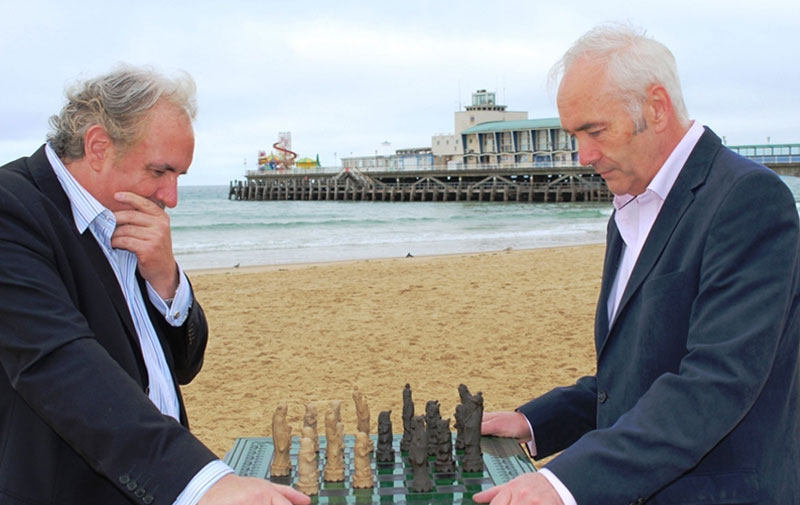We help a lot of our clients with strategy, and it’s useful to describe their experience and likely outcomes. We have split this into years 1,2 and 3, although it depends on the size and type of the business and the issues that they face that determines their timescale.
Benefits can often be seen early on, certainly well before the end of year one and it is these early wins that helps to build the momentum for later.
Year one
We always start with personal and business objectives, as it is vital that these are in alignment. You do not want the business running you and so we spend time with you to make sure that that does not happen. During the whole process we make sure that your objectives are kept in alignment. The plan is always yours – never ours. It is all about you, and should be. You decide your improvement targets and a timescale to achieve them, and we usually meet quarterly to make sure that the plan is always in balance, and your objectives are going to be met given inevitable changes as time passes. We ensure that plans are flexible to accommodate this. By the end of the first year, or even before that, you should be confident that you can see measurable improvements both in growth, profitability, and a general easier way of doing business.
Year two
We like to rebalance the plan to make sure that you are still happy that objectives are being met and that the pace of change is manageable. There is generally a period of reflection and a look back at distance travelled, with some thought on what if these changes hadn’t occurred, and what extra changes we together could introduce now. Because of the changes, your team may have had some benefit from this already. You may be keen to improve the team culture by including them more in the strategic thinking, especially the objectives and some of the results. By the end of year 2, we often have clients feeling that the team is much more supportive, and the business is able to move forward that much quicker as everybody knows not just what they’re supposed to do, but how they are supposed to do it and most importantly why.
Year three
You should find that the momentum has moved up a gear, now that the team is more involved. Everybody is moving in the same direction, and you may feel able to devolve more responsibility, safe in the knowledge that team members understand their roles better so that they operate within a loose/tight type of arrangement – the boundaries are clear but within those boundaries they are able to make their own decisions because they why they are doing things.
By this time there is often a sense of constructive dissatisfaction in the business – everybody wants to improve so improvements happen constantly. We together look to produce a sustainable business with a team culture and a customer centric view so that the business can adapt easily to changes in market demand. By a sustainable business we mean the business has enough cash or readily realisable assets to withstand temporary drops or disasters – often three months working capital held in cash. Also the business is able to scale up and down reasonably easily to cope with changes in demand, and there are sufficient systems so that a well-trained motivated team can run the business easily. This is the point where the business is easily saleable – and that is the point where we think the business ought to be whether it is going to be sold or not, because then it is the most effective at what it does, and the easiest to manage at that level. This should be the firm of your future.
One of the biggest changes is within you. We’ve blogged on this before as to how in a growth phase, entrepreneurs change from the doer to the manager to the leader to the coach and mentor. This growth in yourself is not difficult, and does not need hours of study. It is a natural consequence of how the strategy plan works. You end up with a business which is easier to run and in a position where it can be sold or scaled up or down to suit. And you are happier, which is our ultimate aim for you.
